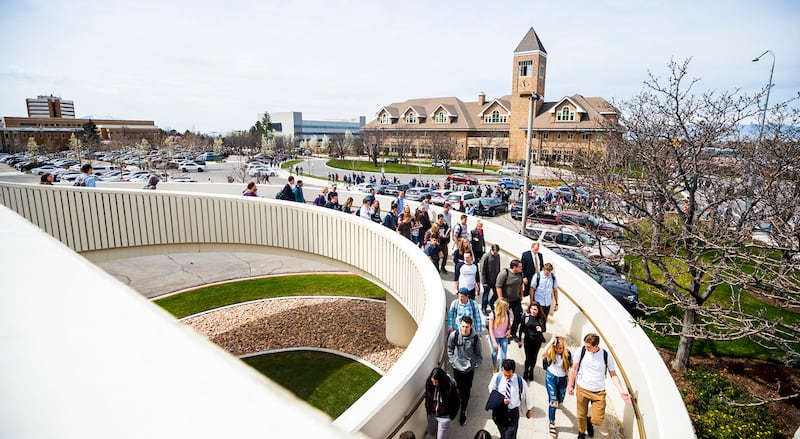As the next academic year approaches, COVID-19 is forcing schools to wrestle with how to balance safety and learning. Since it is unlikely the COVID-19 outbreak can be fully extinguished, what is the right strategy for students returning to school in the fall?
Safety is a paramount concern. But of the 81,372 U.S. deaths by May 23, only 112 have been in people under 24. And only 1 of the 9 New York City victims under 18 had no preexisting conditions. In fact, patients with preexisting conditions are the majority of deaths across all ages, explaining why 42% of U.S. deaths have been in care facilities for the elderly. Of 12,667 total New York City deaths, only 96 deaths were in healthy individuals. COVID-19 is not a significant health concern for the otherwise healthy. And schools are overwhelmingly populated by the young and healthy.
Should schools use testing, masks and social distancing measures in the fall? Most schools are considering such measures, but masks and distancing communicate fear and stress, affecting learning. Further, some important educational experiences are incompatible with masks and distancing. On the other hand, without such measures, an outbreak is more likely in the close quarters of a crowded class.
How might an uncontrolled outbreak impact schools? Based on New York City’s experience, Utah would expect less than 20 COVID-19 deaths among its roughly 650,000 K-12 students. Meanwhile, a university of 30,000, whose students are older and are more likely to have preexisting conditions, might expect 12 COVID-19 student deaths.
But if students with preexisting conditions are selectively quarantined and use remote learning opportunities, classes will contain primarily healthy students. Most deaths would be prevented. Utah would expect only two K-12 deaths, while a university of 30,000 would expect, on average, less than one death.
Importantly, fewer deaths resulting from targeting quarantine of the vulnerable does not require any masks or other social distancing measures. With a student population that includes the vulnerable, the same reduction in deaths requires that mitigation policies reduce spread by 90% in the K-12 environment and 96% in the higher education environment. That masks and social distancing can be this effective is questionable.
Lack of social distancing measures does increase the likelihood of an outbreak and allows it to spread. But a rise in the number of cases is not fundamentally important if deaths are avoided and hospitalizations are kept within health care system capacity. The goal is to divorce cases from deaths, after which cases can rise without concern.
In fact, widespread exposure to the resilient student population can make schools safe from COVID-19 for the healthy and the vulnerable alike. Once about two-thirds of students are exposed and acquire immunity, outbreaks in schools will burn out before gaining any traction. The vulnerable can stop using distance learning and physically return to school, without fear and without having to rely on any social distancing measures.
Though there are logistical challenges to targeted isolation of the vulnerable, the measures would undoubtedly be more palatable than when applied to an increasingly restive general population. Testing and tracing within a smaller, targeted population is also more manageable. Resources supporting remote learning can be focused on those who really need them. Compared to broad, untargeted lockdowns, the cost of targeted isolation is more sustainable.
Smothering an outbreak with widespread exposure is called herd immunity. One concern is whether exposure to COVID-19 results in meaningful immunity. While this concern is real, results from animal models used in vaccine development are very encouraging. Further, the SARS virus of 2002 yielded immunity that lasted at least three years. Finally, in a study of 160 frontline health care workers in France that developed after being infected with COVID-19, 98% produced neutralizing antibodies that confer immunity. The French study specifically tested patients experiencing mild symptoms, where immunity is less likely.
Selectively isolating the vulnerable while generating herd immunity by allowing COVID-19 to spread through the healthy population is a fast and permanent way to end the current outbreak. While a vaccine would achieve the same outcome, it remains unclear when a vaccine will be ready. But herd immunity by natural exposure can begin immediately. In fact, that COVID-19 is highly contagious nature is a major advantage, since it means exposure sufficient for herd immunity can be reached quickly and targeted isolation of the vulnerable can end.
Marc Hansen earned a Ph.D. from Stanford University School of Medicine in cancer biology and is a professor of physiology and developmental biology at Brigham Young University.

